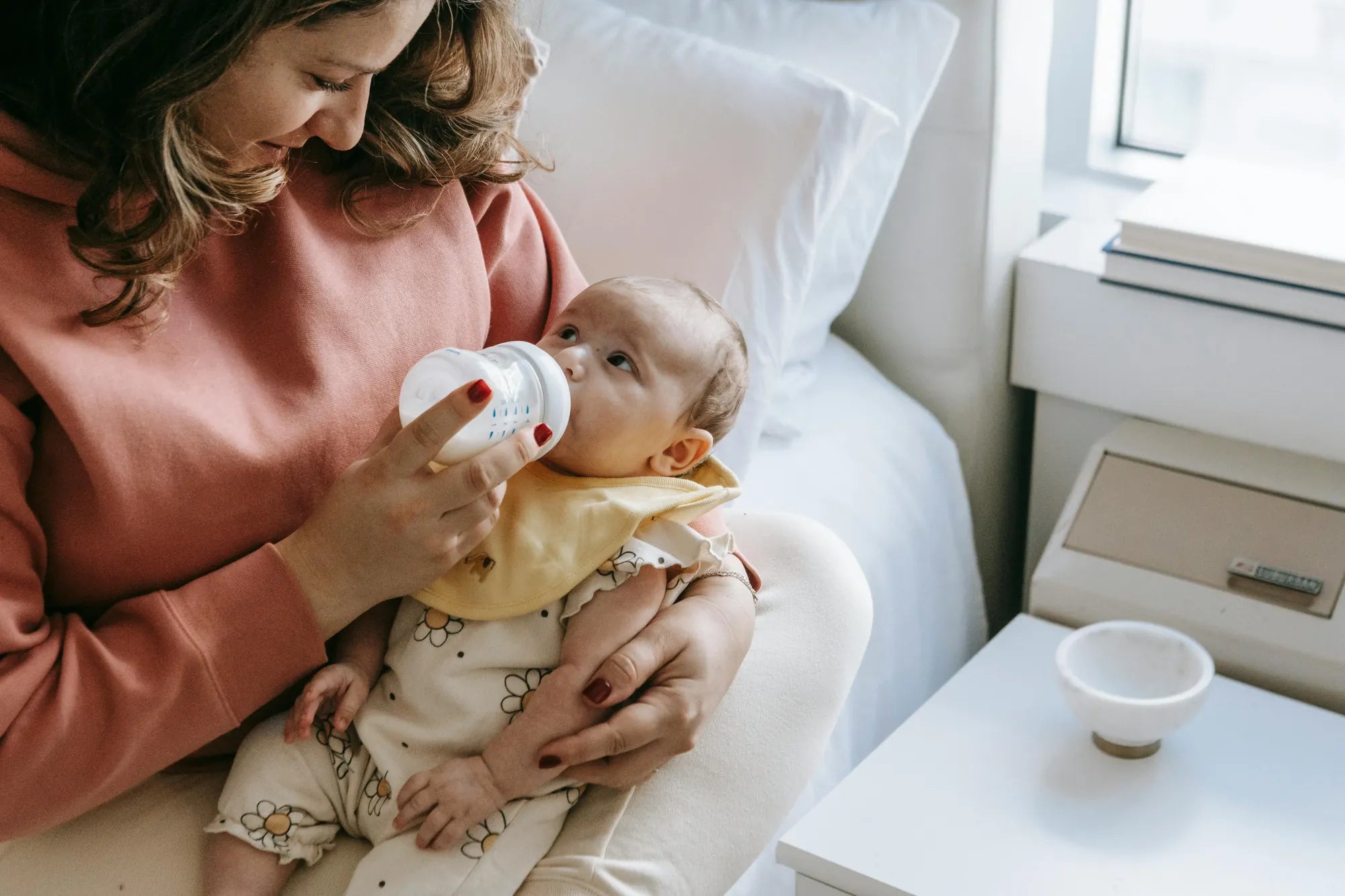Accueil
Pregnancy, Breastfeeding, and Pumping: The Ultimate Guide for Moms
Do I Have to Sterilize Breast Pump Parts? Essential Guide for Parents

Do I Have to Sterilize Breast Pump Parts? Essential Guide for Parents
When it comes to feeding your baby, ensuring their safety and health is a top priority. One common question many parents ask is, Do I have to sterilize breast pump parts? The short answer is yes, but let’s dive deeper into why this is crucial and how to do it effectively.
Why Sterilizing Breast Pump Parts is Essential
Breast milk is a natural source of nutrition for infants, but it can also become a breeding ground for bacteria if proper hygiene isn’t maintained. Breast pump parts, such as flanges, valves, and bottles, come into direct contact with milk and your baby’s mouth. Without proper sterilization, harmful bacteria like E. coli, Salmonella, and even mold can thrive, posing serious health risks to your little one.
What Happens If You Don’t Sterilize?
Skipping the sterilization process can lead to contamination of breast milk, which may cause infections or illnesses in your baby. Infants have developing immune systems, making them more vulnerable to bacteria and germs. Even if you clean the parts thoroughly, sterilization is necessary to eliminate any lingering microorganisms that cleaning alone can’t remove.
How Often Should You Sterilize Breast Pump Parts?
Experts recommend sterilizing breast pump parts at least once a day, especially if your baby is under three months old, premature, or has a weakened immune system. For older babies with stronger immune systems, sterilizing every few days may suffice, but daily cleaning is still essential.
Step-by-Step Guide to Sterilizing Breast Pump Parts
Here’s a simple guide to ensure your breast pump parts are properly sterilized:
- Disassemble the Pump: Take apart all components of the breast pump to ensure every part is cleaned and sterilized.
- Wash Thoroughly: Use warm, soapy water to clean each part, scrubbing gently to remove any milk residue.
- Rinse Well: Rinse all parts under running water to remove soap and debris.
- Sterilize: Use one of the following methods to sterilize the parts:
- Boiling: Submerge the parts in boiling water for 5-10 minutes.
- Steam Sterilizer: Use an electric steam sterilizer for quick and effective results.
- Microwave Sterilizer: Place the parts in a microwave-safe sterilizer and follow the instructions.
Tips for Maintaining Clean Breast Pump Parts
To keep your breast pump parts in the best condition and ensure your baby’s safety, follow these tips:
- Always wash your hands before handling breast pump parts.
- Store sterilized parts in a clean, dry place to prevent contamination.
- Replace worn-out or damaged parts promptly to maintain hygiene.
- Follow the manufacturer’s instructions for cleaning and sterilizing.
Common Myths About Sterilizing Breast Pump Parts
There are several misconceptions about sterilizing breast pump parts. Let’s debunk a few:
- Myth: Cleaning with soap and water is enough. Fact: Sterilization is necessary to kill bacteria that cleaning alone can’t remove.
- Myth: Sterilizing too often can damage the parts. Fact: Most breast pump parts are designed to withstand daily sterilization.
- Myth: Sterilizing is only necessary for newborns. Fact: While newborns are more vulnerable, older babies also benefit from sterilized equipment.
When to Seek Professional Advice
If you’re unsure about the sterilization process or notice any signs of contamination, such as mold or a foul odor, consult a healthcare professional. They can provide guidance and ensure your baby’s feeding equipment is safe to use.
Sterilizing breast pump parts is a simple yet vital step in safeguarding your baby’s health. By following the proper procedures and maintaining good hygiene practices, you can provide your little one with the safest feeding experience possible. Don’t take shortcuts—your baby’s well-being is worth the extra effort!
Partager


